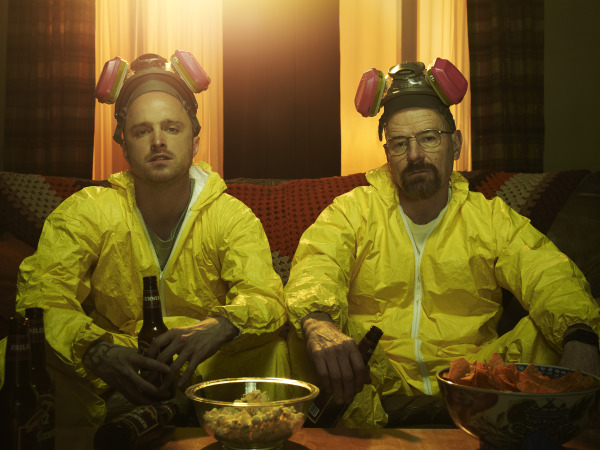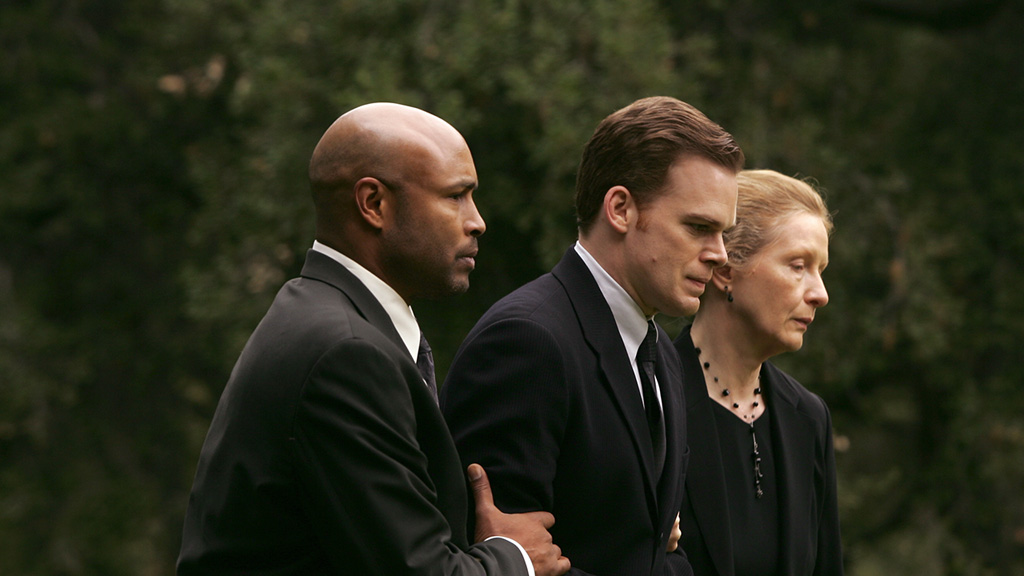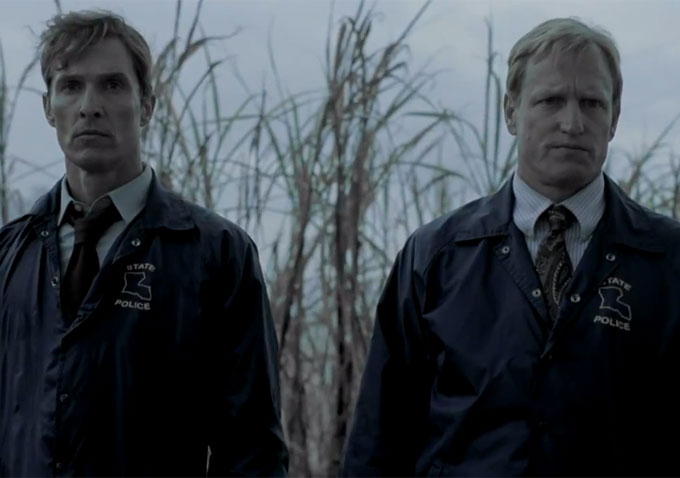By providing your information, you agree to our Terms of Use and our Privacy Policy. We use vendors that may also process your information to help provide our services. This site is protected by reCAPTCHA Enterprise and the Google Privacy Policy and Terms of Service apply.
9 TV Shows That Were Total Downers But Still Worth It


READ MORE: ‘The Leftovers’ Episode 2, ‘Penguin One, Us Zero’: New facts, Questions and Theories

“Breaking Bad” (2008-2013)
“In Treatment” (2008-2010)
“Oz” (1997-2003)

“Rectify” (2013-?)
Daniel Holden (Aden Young) is released from prison after new DNA evidence exonerates his 19 years on death row for the rape and murder of his girlfriend. Thus begins SundanceTV’s anguishing drama “Rectify.” But rather than focus on the validity of Daniel’s innocence – which is questionable given his esoteric, introverted personality – the show narrows in on the effects of Daniel’s release on himself and his emotionally imprisoned family. In an early episode, Daniel reflects on the nature of prison life, recalling, “Once you show a sense of optimism, [guards and inmates] destroy you.” The show operates in the same cruel fashion. Any time a character is graced with hope, the reality of his or her situation soon comes crashing down. After basking in a moment of freedom by jamming out to his father’s old Walkman, for instance, Daniel accidentally puts on an old mix-tape his girlfriend made him, a doleful reminder of an eroding life. This perpetual cycle of optimism and torment makes the show a bruising soar to behold, as does its sluggish pacing. “Rectify” doesn’t just swim in its misery, it slowly marinates in it, making the sorrow of its characters seep into every inch and crack. This pacing, combined with Young’s deeply meditative performance, makes even the insignificant-seeming moments, such as Daniel watching pillow feathers fly around his bedroom, have the crushing weight of a cinematic climax. As the slow burn continues through its mesmerizing second season (now airing Thursdays at 9pm), the chance to see these characters walk away with even the smallest sense of fulfillment makes “Rectify” one of television’s most stirring and soulful dramas. (Zack Sharf)

“Rescue Me” (2004-2011)

“Six Feet Under” (2001-2005)
“Six Feet Under” is the paragon of modern television. In fact, it transcends television altogether; it’s a hybrid achievement of cinema and TV that neither could accomplish in its own right. Without the 90-minute limitations of character development in film, the show eschews TV convention and becomes a five-season, 63-episode cinematic tale of a family experiencing the trials, tribulations, and longevity (or lack thereof) of life. It’s about life because it’s predicated on death. In conceiving the show, Alan Ball asked, “Who are these people who are funeral directors that we hire to face death for us?” Though the title refers to fact that it’s about a family that owns, operates, and lives in a funeral home, it also names its core ideology: “Six Feet Under” is interested in what happens under the surface of everyday life, relationships, emotions, and experiences. It digs deep. Though every episode begins with a death, that aspect of the show lends itself to deliciously macabre dark comedy. Where “Six Feet Under” actually gets its downer rap is from its shrewd authenticity. It’s only as much of a downer as life itself can be, with love and loss, raw vulnerability, tragic comedy, moments of shame and redemption, and extreme highs and lows. You grow to know the characters nearly as intimately as your own friends and lovers, and with that comes an unparalleled experience of empathy with the characters’ struggles. The series finale, which is widely considered one of the finest in television history, will cause your entire life to flash before your eyes. (Emily Buder)
“The Sopranos” (1999-2007)
“True Detective” (2014-?)

“Twin Peaks” (1990-1991)
By providing your information, you agree to our Terms of Use and our Privacy Policy. We use vendors that may also process your information to help provide our services. This site is protected by reCAPTCHA Enterprise and the Google Privacy Policy and Terms of Service apply.
















